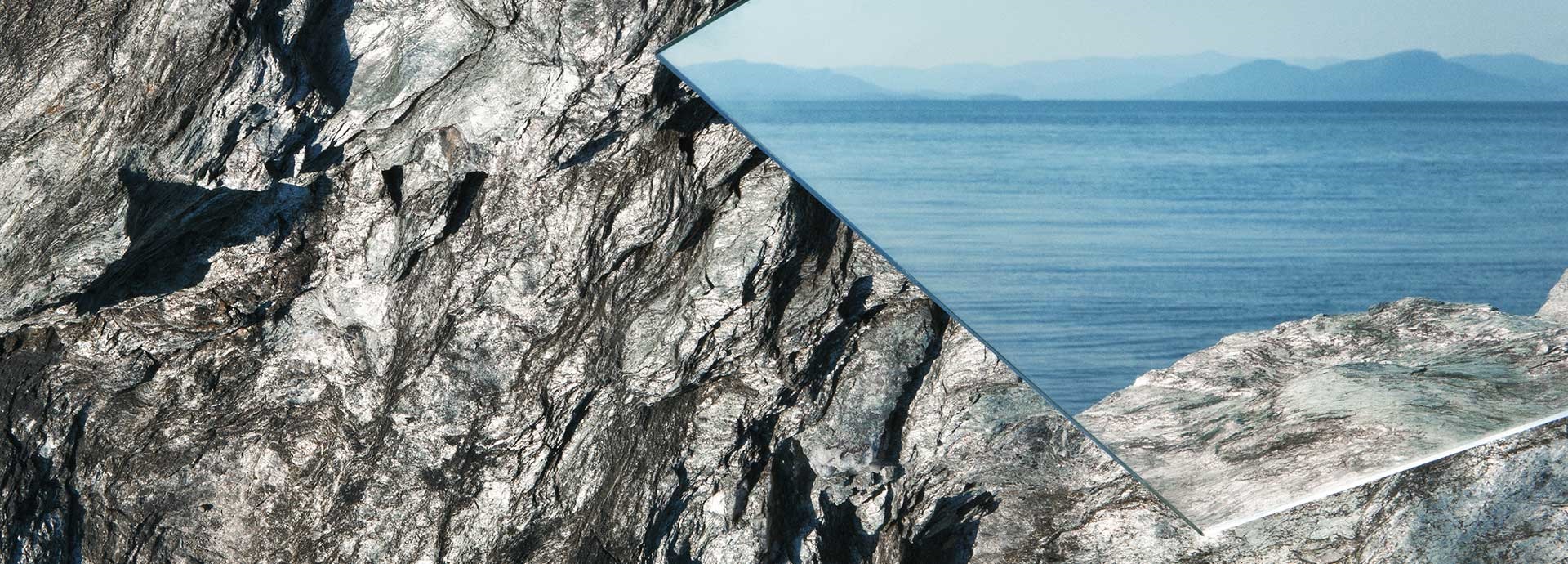

5803 results
see washing machines.
An oil tanker engaged in the trade of carrying crude oil.
According to Significant Ships of 2004 The ferries AKASHIA and HAMANASU built by Nagasaki Shipyard (MHI) are the first vessels provided with the CRP-Azipod propulsion.
The stationary sheaves mounted at the top of the drilling derrick. The wire ropes attached to the travelling block pass over it.
A vessel reduced rate of speed in restricted waters such as fairways, harbours, etc.
According to IMO resolution MSC.137(76) “Standards for Ship Manoeuvrability” adopted on 4 December 2002.
Pilot card, wheelhouse poster and manoeuvring booklet as required by the resolution A.601(15) “Provision and Display of Manoeuvring Information on Board Ships”.
The manoeuvrability of the conventional ship at full load is considered satisfactory if the following criteria are complied with: Turning ability, Initial turning ability, Yaw-checking and course-keeping abilities, Stopping ability.
The IMO resolution MSC.137(76) “Standards for Ship Manoeuvrability” identify the following characteristics: Inherent dynamic stability, Course-keeping ability, Initial turning/course-changing ability, Yaw checking ability, Turning ability...
Manoeuvring characteristics such as turning, yaw-checking, course-keeping and stopping abilities of the ship.
The number of personnel forming the ship crew.
A facility with permanently-occupied living accommodations, or the one that requires continuous presence of personnel for more than 12 hours in successive 24- hour periods, (ABS).
A remotely-operated work arm.
A chamber functioning as a connection point for various valves and pipelines.
1. A list of all cargo on board. 2. A term used also for passengers list on cruise vessels, passenger ferries, etc.
A round or oval hole cut in decks, tanks, etc, for providing access. Low manholes are used usually. Flush manholes can be installed in cargo hold walls, or inner bottom.
A special shackle used to connect a wire mooring line to a synthetic tail.
Deformation or rupture of a cargo tank, usually due to overpressurisation or underpressurisation.
Any action carried out to return or restore an item to an acceptable standard.
Maintenance of specific equipment requires special tools. Some of them are supplied with the equipment and others are available through service stations or for direct purchase by the customer.